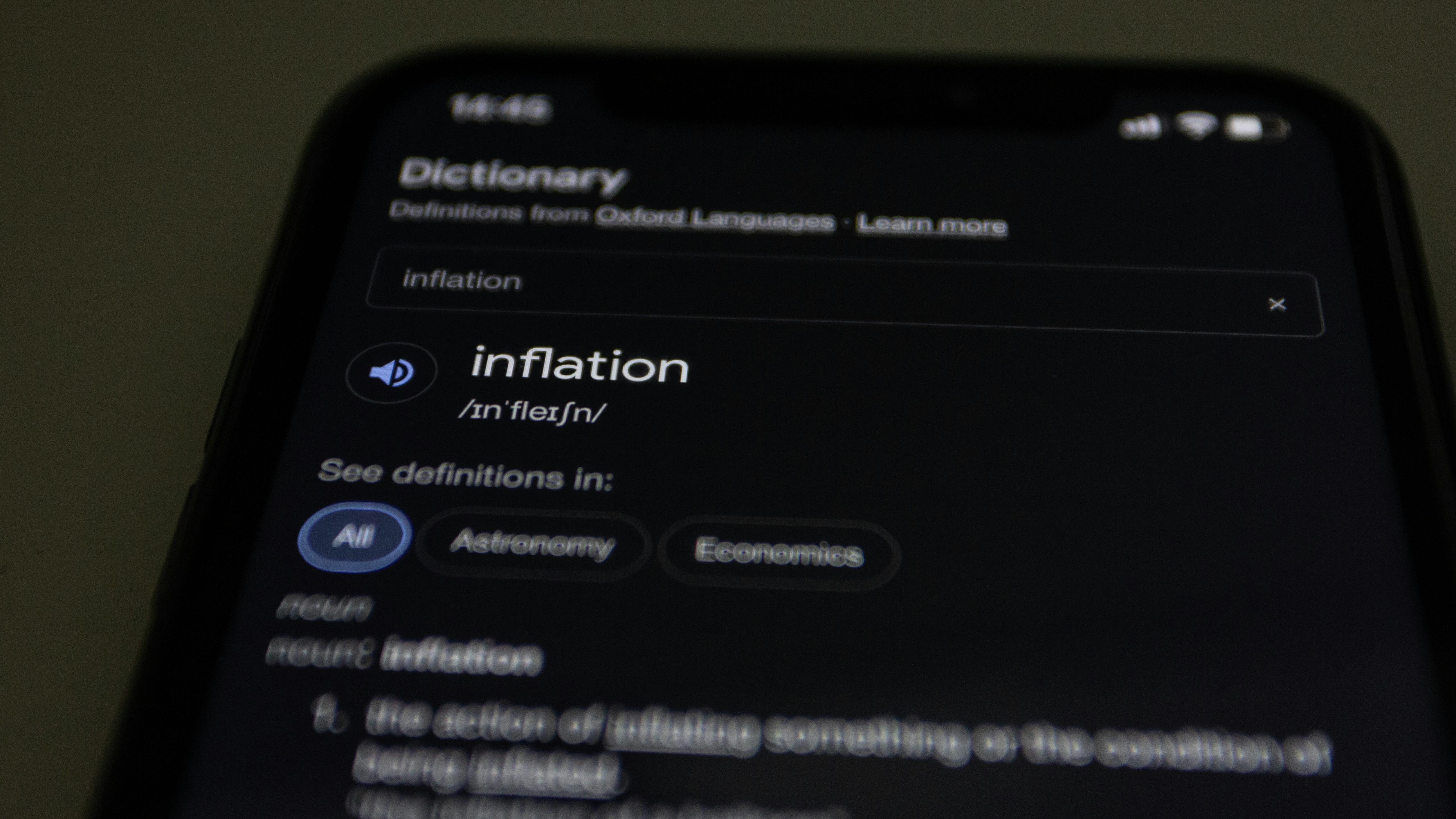Alright, let's talk shop. You're probably already hip to the whole reselling game. Maybe you’ve flipped some old tech, or snagged a sweet deal on a piece of furniture and turned it into profit. That’s cool, that’s great, stick with what works. But what if I told ya there's a whole world of hidden gems out there, just waiting for someone like you to dig 'em up? We're talking about the stuff most people walk right past, the niche categories that are quietly making smart resellers some serious dough.
I've been in the reselling trenches for a while now, and I’ve learned a thing or two. It’s kinda like being a treasure hunter, but instead of dusty maps, you’ve got a keen eye and a smartphone. I remember one time, I was at a local garage sale, the kind where everything's spread out on old blankets, and you gotta do some serious rummaging. Most folks wereeline for the power tools or the slightly-used kitchen gadgets. Not me. My eyes landed on this beat-up cardboard box, tucked away under a table. Inside? A bunch of old, kinda dingy action figures. Most people would see junk. I saw potential. Turns out, one of those "beat-up" figures was a first-release, still-in-decent-shape Star Wars figure from the '70s. Long story short, it sold for way more than I paid for the whole box. That’s the magic of these niche categories.
So, if you’re ready to branch out from the usual suspects and dive into some seriously profitable, often overlooked markets, pull up a chair. We're about to uncover seven niche reselling categories that just might change your game.
1. The Childhood Goldmine: Vintage Toys and Collectibles
Remember those Saturday morning cartoons, the plastic figures you’d play with until their paint chipped, the board games that caused countless family arguments? Yeah, well, now they’re worth money. And not just a little money. We’re talking serious cash, especially if you find them in good shape.
Think about it: who doesn’t love a trip down memory lane? People who grew up with these toys are now adults with disposable income, and they're more than willing to pay a premium for a piece of their childhood. It’s like finding a time capsule, but instead of just memories, it’s got a price tag.
Take LEGO sets, for instance. Those intricate creations you spent hours building? If you can find a complete, or even better, a sealed one, you're sitting on a goldmine. Same goes for vintage action figures – we're talking classics like Star Wars, Marvel, and G.I. Joe. These things weren't just toys; they were cultural touchstones. And when they’re in good condition, they're highly sought after by collectors and those of us chasing a bit of nostalgia (goodwilloutlets.us).
It's not just action figures either. Old board games, especially if they're sealed or absolutely complete, can be surprisingly valuable. And don't even get me started on trading cards. Pokémon, Yu-Gi-Oh!, Magic: The Gathering – these aren't just games; they're investments. I once stumbled upon a small stack of old Pokémon cards at a flea market. They looked pretty unassuming, but one of them was a first-edition Charizard. My heart nearly stopped. It wasn’t in perfect condition, but it still fetched a pretty penny.
The trick here is to be eagle-eyed. Before you buy, check for missing pieces, any damage, or tell-tale signs of wear and tear. Collectors are picky, and even a small flaw can drastically reduce the value. But if you find that pristine, complete set or that rare, unmarred action figure, you’ve hit the jackpot.
2. The Glamour Game: Luxury Handbags
Alright, this one might sound a bit fancy, but trust me, there's serious moolah to be made. We're talking about high-end designer handbags – the kind that make your jaw drop when you see the original price tag. Brands like Hermès, Chanel, and Louis Vuitton aren't just selling bags; they're selling status symbols, works of art, and, apparently, solid investments.
Unlike a lot of things that depreciate the moment you walk out of the store, these luxury bags often hold their value incredibly well, and sometimes, they even increase in value. It’s wild. Take the Hermès Birkin, for example. Specifically, the black Togo leather one. According to the smart folks over at Moneyweek, this bag is actually more valuable now on the secondary market than it was when it first hit the shelves. How cool is that? It's like finding a vintage car that appreciated in value instead of becoming a rust bucket.
Now, this isn't a category for the faint of heart. Authenticity is absolutely everything here. You can't just pick up any ol' designer knock-off and expect to make a profit. You need to know your stuff, or at least know someone who knows their stuff, to verify that it's the real deal. Condition is also super important. A beat-up, scuffed-up Chanel isn't going to command the same price as one that's been lovingly cared for.
I've never personally dipped too deep into luxury handbags – my budget usually leans more towards "slightly used" than "super exclusive." But I've seen enough stories, enough success tales, to know that if you can source these bags legitimately and ensure their authenticity, you're playing in a league with very high returns. Estate sales, high-end consignment shops, and even online auctions where items are pre-authenticated are your best bets here. Just be careful, do your homework, and sniff out the fakes from a mile away.
3. Timeless Tickers: Vintage Watches
If luxury handbags are the glamour game, then vintage watches are the quiet, sophisticated cousins. These aren't just devices that tell time; they're miniature mechanical marvels, often steeped in history, and highly coveted by collectors. Think of a beautifully crafted timepiece from a bygone era, with a story behind every tick. That’s what we’re talking about.
Brands you've heard of, and some you haven't, can hold surprising value. It’s not always about the flashy Patek Philippe (though those certainly don't hurt!). Sometimes, it's a unique design, a limited edition, or a watch with a particularly interesting movement. The devil, or rather, the dollar, is in the details.
So, where do you find these little treasures? Estate sales are a goldmine. People often inherit watches and don't realize their true worth. Antique shops can also hide some gems, though many shop owners are getting savvier about what they have. Online marketplaces like eBay and Chrono24 are obvious places to look, but you'll need to develop a sharp eye for identifying genuine articles and their condition from just a few photos. And if you're really serious, watch auctions are where the big players go to bid, though that might be a step up for most casual resellers (pageoneformula.com).
My personal experience with vintage watches is more on the "admiring from afar" side. However, a friend of mine, a real clockwork wizard, once found an old, non-working watch at a rummage sale for a few bucks. He saw the name on the dial – a lesser-known but historically significant watchmaker. He spent a few weeks tinkering with it, got it running again, and with a bit of polishing, that watch, which he practically pulled from a junk bin, sold for hundreds of dollars online. It wasn't a fortune, but it was a fantastic return on minimal investment and a little elbow grease. It just goes to show you, sometimes all it takes is a bit of knowledge and a willingness to get your hands dirty (or in this case, a little oily).
4. Game On: Sports Memorabilia
Alright, who here loves sports? Yeah, me too. And guess what? That passion, that insane fan loyalty, translates directly into a booming market for sports memorabilia. We're talking autographs, vintage jerseys, rare trading cards – anything that connects fans to their heroes and the legendary moments in sports history.
This isn't just a small-time side hustle; this is big business. The global sports memorabilia market was chilling at $5.4 billion back in 2019, and get this, it's expected to hit $6.8 billion by 2026, growing steadily every year (site.spocket.co). That's a lot of jerseys, a lot of signed baseballs, and a whole lot of happy collectors.
What makes this market so hot? Passion. Plain and simple. Sports fans are some of the most dedicated people on the planet. They want a piece of the action, a tangible connection to the teams they bleed for and the players they idolize. And when it comes to rare items, like a rookie card of a future Hall of Famer or a game-worn jersey, the demand skyrockets.
I’ve had a few small wins in this category. Nothing earth-shattering, but enough to make me keep an eye out. Once, I picked up a box of old baseball cards at an estate sale. Most were junk, common cards from the 80s and 90s, but buried deep at the bottom was a surprisingly well-preserved rookie card of a fairly popular player from the late 90s. It wasn't going to make me rich, but it was a solid fifty-dollar profit for about five minutes of digging.
The key here is understanding what makes something valuable. Player popularity is huge, obviously. Edition size matters – if only a few hundred were made, it's going to be worth more than something mass-produced. And of course, condition. A creased trading card or a faded autograph won't fetch top dollar. Authenticity is also paramount here, especially for autographs. You need to verify that signature is the real deal.
So, next time you're at a thrift store or a yard sale, don't just look for clothes. Sift through those dusty boxes. You might find a piece of sports history waiting to be discovered.
5. Strumming Up Profits: Vintage Musical Instruments
This one hits close to home for me. I’ve always messed around with music – nothing professional, just a guy and his beat-up acoustic guitar. But because of that, I’ve always had an appreciation for instruments, especially older ones. And let me tell you, there’s a whole lot of money to be made reselling vintage musical instruments.
It's not just about finding a dusty old guitar in someone's attic. This niche involves finding new and used instruments and getting them into the hands of eager musicians and collectors. Think about it: a musician often develops a deep connection with their instrument. And a vintage instrument? It often has a unique sound, a certain character that modern factory-produced ones just can't replicate.
The market for musical instruments is no joke either. In 2022, the US market alone was valued at a whopping $11.8 billion, and it's projected to grow to $16.17 billion by 2032 (site.spocket.co). That’s a lot of guitars, pianos, drums, and flutes changing hands.
I've had a couple of good scores here. Once, I was at a local pawn shop, just browsing, and saw this old saxophone. It looked a bit rough, tarnished, and clearly hadn't been played in ages. The pawn shop owner had it priced super low because it needed work. I took a gamble, bought it, and then took it to a local instrument repair guy I knew. He cleaned it up, replaced a few pads, and got it playing beautifully. Turns out, it was a fairly sought-after model from the 1960s. I ended up selling it to a jazz enthusiast online for a solid profit.
It's not just about the big-ticket items like vintage Fender guitars or Steinway pianos, though those are certainly fantastic finds. Even old harmonicas, accordions, or unique percussion instruments can have a dedicated following. The key is knowing what makes an instrument desirable – its brand, age, condition, and any unique features. Sometimes, all an instrument needs is a little TLC to bring it back to life and transform it from junk into a valuable piece. If you have an ear for music and don't mind a bit of research, this category can sing to your bottom line.
6. The Head-Bobbing Riches: Collectible Bobbleheads
Okay, this one might make you chuckle, but hear me out. Bobbleheads. Yeah, those quirky little figurines with the oversized heads that used to be cheesy stadium giveaways. Well, they've gone from being a novelty item to a surprisingly hot commodity in the world of sports memorabilia. Seriously.
These aren't just trinkets anymore. We're talking about bobbleheads that can fetch hundreds, even thousands of dollars on the resale market. It sounds wild, right? But it's true. I remember seeing an article from Axios talking about how these things have become genuinely valuable collectibles.
What makes a simple bobblehead so valuable? A few things. First, the popularity of the player. If it's a true legend or a current superstar, that's already a good start. Second, the edition size. Was it a limited run? Was it a special giveaway for only a few hundred fans? The rarer it is, the more desirable it becomes. And third, the event itself. Was it a significant game, celebrating a milestone or a championship? All these factors can drive up the value.
I’ve never scored a five-figure bobblehead, but I did once snag a box of forgotten stadium giveaways at a garage sale. Most were just promo junk, but buried at the bottom was a bobblehead of a local baseball team's mascot, from a specific "turn-back-the-clock" night event where only a limited number were given out. It wasn't the star player, but that minor detail made it relatively rare. I cleaned it up, took some good photos, and surprisingly, it sold for a decent chunk of change to a collector who had obviously been looking for that specific one. It was a good reminder that sometimes the weirdest things can be the most profitable.
This niche requires a bit of specific knowledge. You need to know which players are hot, which teams have dedicated fan bases, and what makes a particular bobblehead special. But if you can spot that rare, limited-edition figure, you might just be bobbing your way to some serious profit.
7. Fashion Forward (and Backward): Vintage and Designer Clothing
Here's one that's been blowing up, and for good reason: vintage and pre-owned designer clothing. Forget fast fashion that falls apart after two washes. People are increasingly gravitating towards unique, well-made pieces that stand the test of time. It's smart, it's stylish, and it's good for the planet. Sustainable fashion, baby!
This whole movement has made vintage and pre-owned designer clothes incredibly sought after. Why buy something everyone else has, when you can find a one-of-a-kind piece with character and history? The demand for unique, high-quality garments means they can fetch some serious premium prices.
Think about classic brands: Levi’s. A good pair of vintage Levi’s – especially certain cuts or washes – can sell for a pretty penny. And then there are the luxury fashion houses: Chanel, Gucci. Their timeless designs, even decades old, are still highly desirable. I mean, who wouldn't want a piece of that iconic style without paying the eye-watering new price tag?
Beyond specific brands, entire eras are making a comeback. Y2K fashion trends? They’re back, and people are hunting down authentic pieces from the late 90s and early 2000s. The bold, expressive styles of the 80s and 90s are also hugely popular. It's like a fashion time machine, and you get to be the conductor (savingk.com).
I've had some really fun experiences in this category. My best find was at an outdoor market, tucked away in a pile of clothes. It was an old denim jacket, slightly worn, but with fantastic embroidery on the back. It didn't have a recognizable brand name, but the quality of the denim and the stitching was incredible. Something just told me it was special. I paid almost nothing for it, gave it a good wash, and took some killer photos. Turns out, it was a rare piece from a small, independent designer from the late 70s. It sold for way more than I expected, and it felt great to save something cool from the landfill and give it a new life.
The key with clothing is truly understanding quality, spotting unique designs, and knowing what trends are hot. Look for good fabrics, strong stitching, and classic cuts. And don't be afraid of a little wear – sometimes that adds to the "vintage" appeal. It's a goldmine for those with a good eye for style and a passion for finding unique threads.
So, What's the Takeaway?
There you have it. Seven niche reselling categories that are often overlooked but packed with potential. From the nostalgic joy of vintage toys to the luxury of designer handbags, the intricate mechanics of old watches, the passionate world of sports memorabilia, the soulful sounds of vintage instruments, the surprising value of bobbleheads, and the timeless style of vintage clothing – there's a whole world out there beyond the usual suspects.
My biggest piece of advice, from one reseller to another? Don't be afraid to dig deeper. Don't just follow the crowd. The real money, the truly exciting finds, often lie in the unexpected places. It takes a little extra research, a keen eye, and sometimes, a willingness to learn about something totally new. But the payoff? It can be huge.
So, next time you're at a thrift store, a yard sale, or even just browsing online, try to look "beyond the obvious." You might just stumble upon your next great treasure. Happy hunting, my friend!


